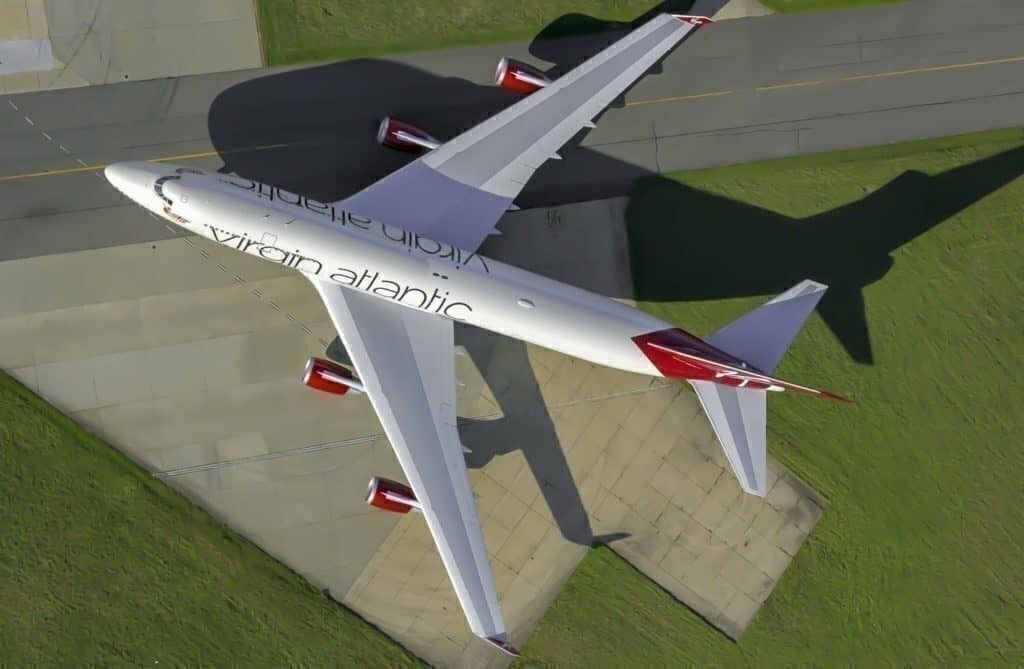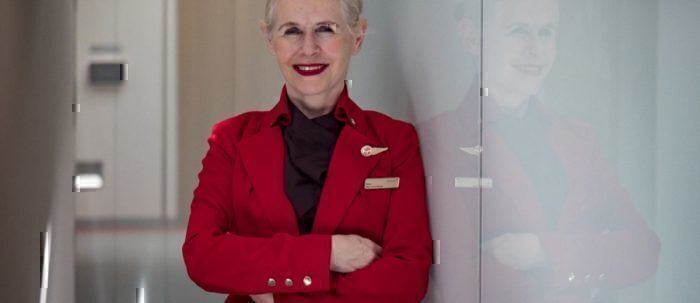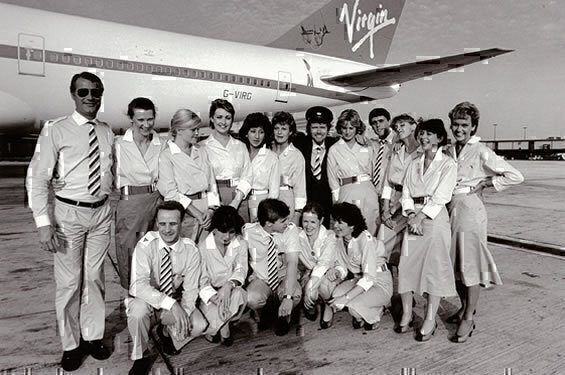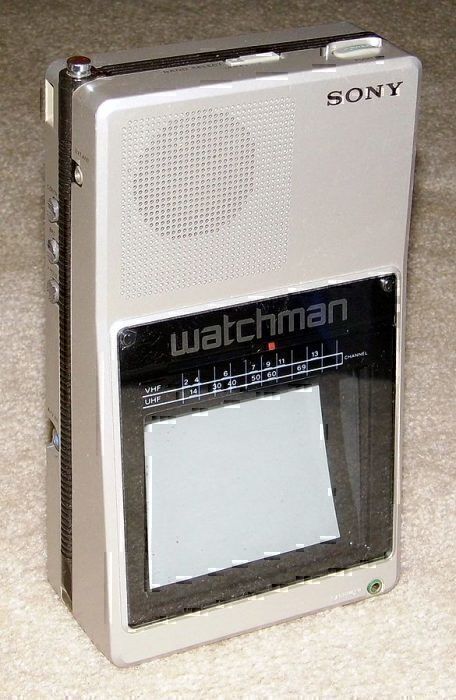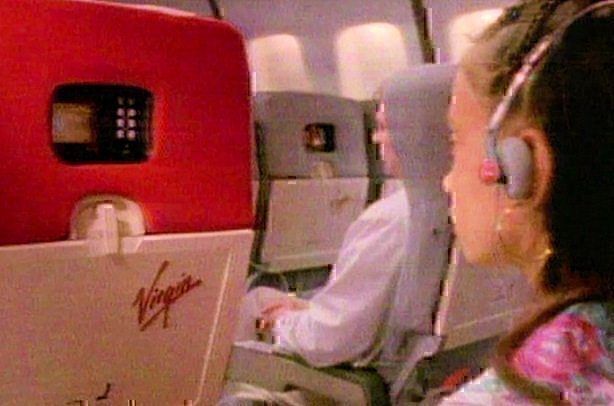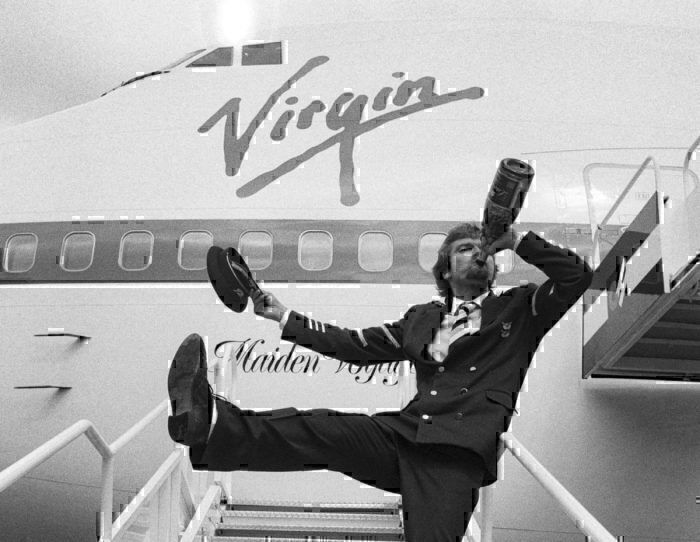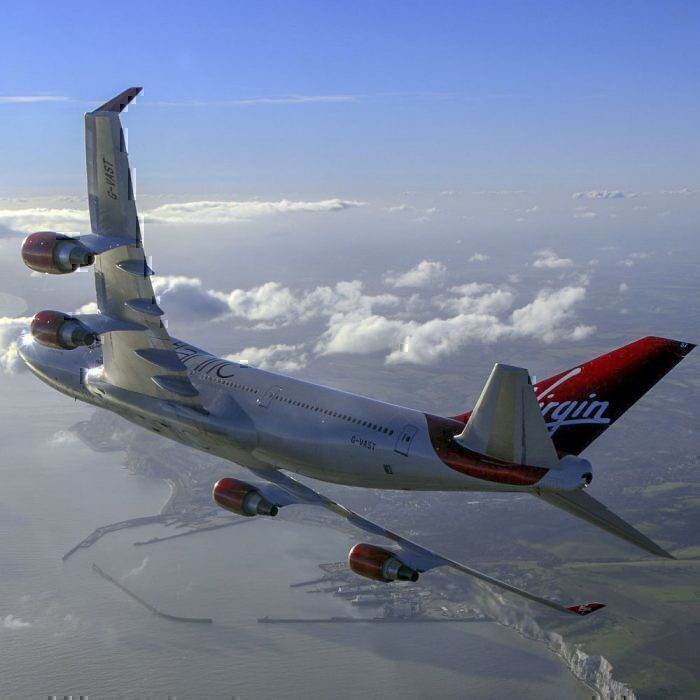Virgin Atlantic has always been seen as something of a rebel airline. While others have plodded on doing the same thing year after year, it seems like nothing ever stands still at the ballsy UK carrier. We take a look at how Virgin dared to be different, and how it paid off for the airline.
There’s always be something a bit different about Virgin Atlantic. At a time when most of the airline industry was going through some rapid consolidation, Richard Branson had the bright idea to lease a 747 and start flying to New York from London.
In a tiny office, with just four desks and four chairs, eight people worked tirelessly to secure everything the airline needed to get up and running. From crew to uniform to paperwork, they surpassed all expectations and Virgin took its first flight on the 22nd June 1984.
35 years later and Virgin Atlantic has changed beyond all recognition. Simple Flying caught up with one of the flight attendants from that very first trip, the inimitable Mary Chaffey, to ask what made Virgin so different, and why it worked for them.
A very different airline
From the outset, Virgin Atlantic was determined not to be like the other airlines. Mary Chaffey was one of the first people to be employed by the startup carrier, and recalls how they decided on a uniform. She told me how Richard Branson said he knew someone who could sort out some uniforms for the crew; little did she know it would be legendary Princess Dianna designer Arabella Pollen.
“We wanted to be different. I’ve worked with other airlines and you wear a hat and you can only wear your hair a certain way, you take it off and your hair's a mess. You've got nowhere to put it on the aeroplane and then they get crushed! At the time all the airlines wore white gloves too.
“I said that the problem with this was that you put them on and 5 minutes later they're black. So, for the crew uniforms, I said can we please not have hats and gloves and that's what happened! We were the first airline not to wear hats or gloves.”
For a full service airline, this was a pretty big change. In an age when other airlines were wearing heavy wool suits, theirs was a lighter, chino type material. In fact, the first uniform wasn’t even consistent between the crew. The final design encompassed both a red suit and a grey suit, with a pink shirt and a grey shirt, and the crew were allowed to mix and match between them. For the time, it was a very trendy, modern approach, and it certainly garnered some attention!
“When we walked through the airport, everyone would stare; everybody was jealous!” Mary told me, with a glint in her eye.
Unfortunately, the initial designs didn't work so well in practice and were later redesigned. You can find out what was wrong with them in this classic clip from Frocks On The Box below:
Keeping ahead of the curve
Mary explained to me how Virgin was always trying to stay one step ahead of the competition. The problem was, everyone kept catching up with them, so they always had to think of something new.
As a result, Virgin were the first airline to do a lot of things. Back when the best most long haul passengers could hope for was a communal TV screen at the front of the cabin, Virgin introduced personal entertainment solutions.
This began with the use of ‘Watchmans’ (like Walkmans, but for video) in Upper Class. Passengers would have individual video players and would select a movie from the library of cassettes on board. The flight attendants would load up the movie and keep the unit in batteries for the duration of the flight. They were also the first airline to use seatback screens in economy, even though they were just four inches by four inches in size!
Virgin was also the first airline to embrace the concept of premium economy. At the time, they called it ‘middle class’, but it wasn’t a concept the travel industry readily understood. Mary explained,
“When it was called middle class, people didn't understand it. Travel agents didn't understand it, so they would get calls from passengers saying, ‘I want to complain, this is the worst business class product I've ever travelled in!’. It took a long time for people to get their heads around what we were offering and of course then all the other airlines followed suit.”
Aside from the various hard and soft products that have helped Virgin stand out from the crowd, one of the biggest differences comes in the way Virgin manages its people. From day one, Mary notes, Richard Branson has talked to everyone as if they are on the same level; everyone is made to feel comfortable in feeding into the development of the business.
As time has gone on, naturally things have become a little more corporate. However, Mary says everyone is still encouraged to speak up and share ideas, no matter how small or trivial it may seem.
Why it pays to be different
Clearly, Virgin was keen to stand out from the crowd, and the way they went about it has paid off. From the way the crew attracted attention as they strode through the airport to the drive to be first with onboard amenities, Virgin’s ethos of exceeding customer expectations has won them a loyal fan base.
While the uniforms, aircraft, routes and amenities have changed beyond recognition over the past 35 years, some things haven’t changed at all. Vice President of Customer Experience Daniel Kerzner spoke to Simple Flying about the importance of always going one step further:
“We are so focused on exceeding customer expectations and we have a challenge in that our customers have a real high expectation of Virgin. We know that our job is not to meet those expectations but our job is to exceed these expectations.”
Speaking about designing aircraft interiors and planning for new products, Daniel went on to say,
“At every step in that [design] journey, someone makes a decision that impacts on customers. If our customers are happy, they love us for it, and that will sustain the airline.”
This attitude to customer happiness, and not just that but also to employee satisfaction too, shines through with the success of the airline. Loyal fliers who wouldn’t consider another airline for transatlantic and a workforce with a distinct lack of industrial action in their history are just two markers of how successful this ethos has been.

